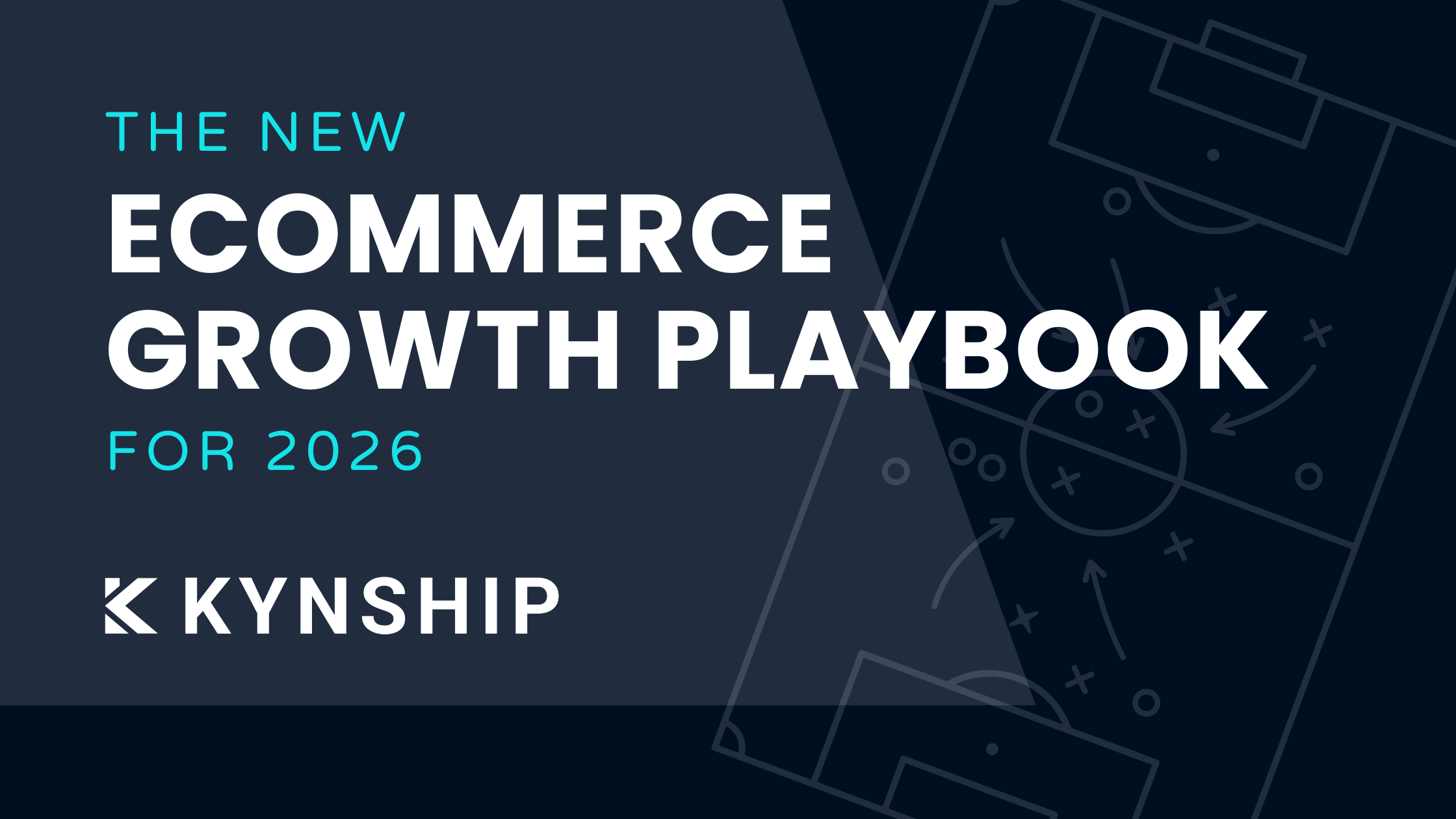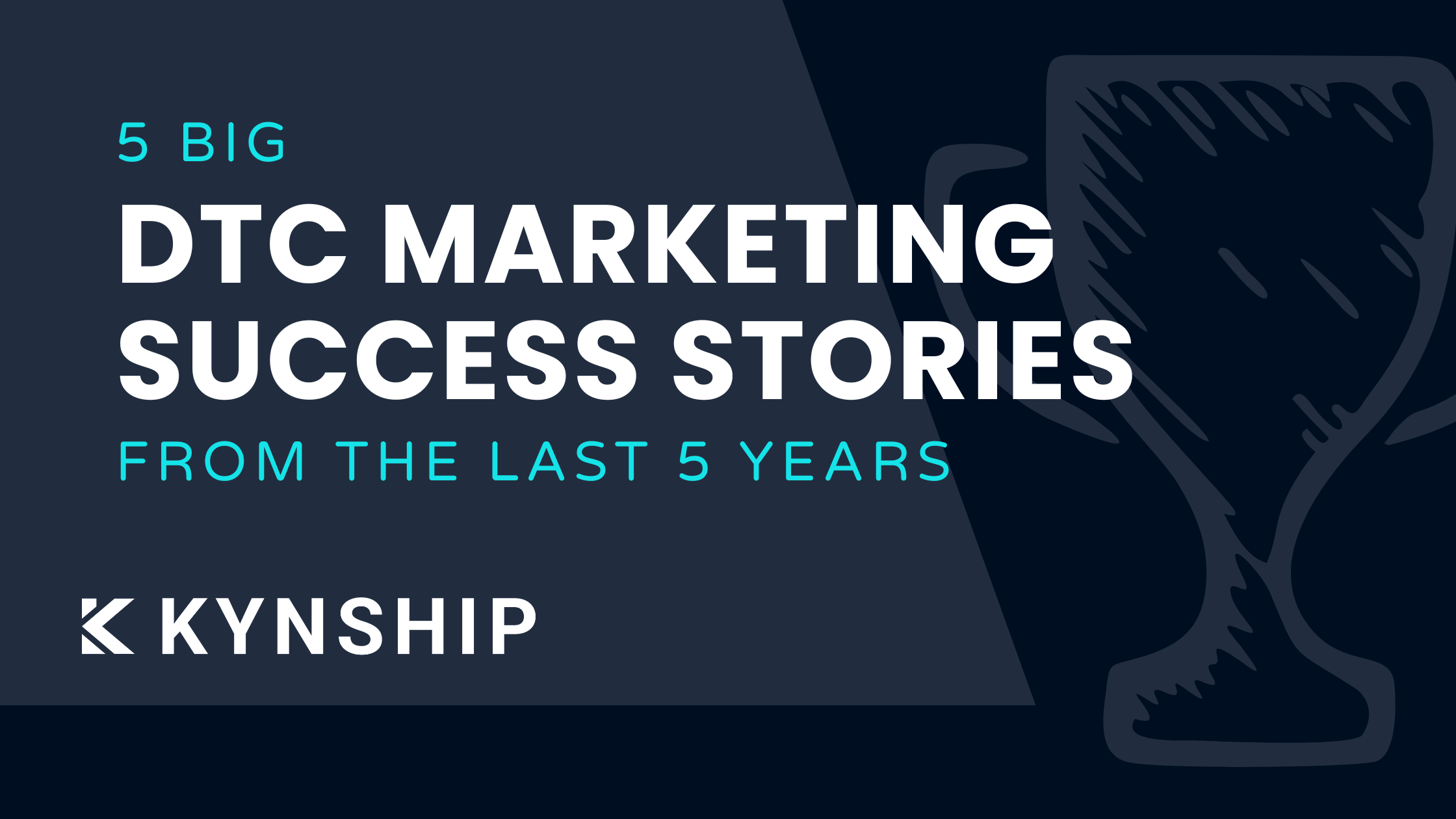Whitelisting: An Influencer Strategy You Can't Ignore
.png)
Brands that don't adapt their influencer strategies miss out on acquiring new customers while paying for content few people see. Enter influencer whitelisting, the game-changing process that involves influencers granting permission to brand partner advertisers to access their social media accounts.
Cody Wittick and Taylor Lagace, co-CEOs at Kynship, dive into everything you need to know about whitelisting in this podcast.
Why Whitelisting Is Gaining Interest Among Advertisers
To understand the interest in whitelisting, let's take a closer look at what whitelisting is and the reasons for its growing appeal.
What is whitelisting?
Imagine scrolling through your feed on Instagram or TikTok, and you see a sponsored ad, but instead of being from a brand, it's coming from an influencer. That's whitelisting.
From dark coasting to boosting posts, a lot happens behind the scenes on social media; whitelisting is one of them. Whitelisting is content pushed as an ad promoting a brand, but instead of a brand handle, it comes from an influencer's social handle. Whitelisting applies to ads on Instagram and Facebook, while on TikTok, it is called spark ads.
Why are people interested in whitelisting?
Whitelisting has been around for a while, but many people are waking up to it only now. There's the novelty factor of trying something they haven't tried before, and when they figure it out, it's enticing and attractive. The interest in whitelisting comes down to a few key factors:
- It makes logical sense. Influencers have demonstrated social influence.
- It's validating. Having someone else endorsing your product lends validation to your offering.
- It's not ad-like. People viewing the content on their timeline will only realize it's an influencer serving the ad if they view it for long enough. The hope is that the content won't come across as an ad.
Based on heat charts demonstrating viewing behavior, a viewer’s eyes move to the video first. The ad's body copy follows this, then the headline, and finally, the username serving the ad. The lesson here is to focus on the creative.
“People think of whitelisting as a one-trick pony that will help scale up revenue. The variable is creative.” - Taylor Lagace
The Case For Whitelisting Over Boosting
Boosting posts is when money is put behind a live post on the Instagram feed. After an influencer makes a post live, the brand or the influencer can put money behind the post to reach a larger audience. Boosting the post means it gets greater reach and, ultimately, more views, impressions, likes, and engagement. There is a case for favoring whitelisting over boosting posts, however.
“Boosting posts are mostly for the vanity metrics. Try to avoid it.” -Taylor Lagace
When whitelisting or running spark ads, you can set the campaign goal to be conversions. Instead of chasing vanity metrics, you can focus on what you care about, revenue, through a conversion campaign with that goal in mind.
Another important point to remember is that whitelisting lets you target in two ways: broad-based targeting and targeting through lookalike audiences. We are a proponent of broad targeting for the following reasons:
- Finding the cheapest conversion. With broad targeting, the focus is on optimization rather than a lookalike audience set.
- Machine learning systems are getting more sophisticated. Facebook will put your ad in front of the right audiences to drive conversions.
If your store is converting 2000 purchases per month, that is sufficient to go broad. If you're below the 2000 figure mark, shift your focus to building a Facebook and Instagram engagement custom audience or lookalike audience.
Does Whitelisting Always Work?
Certain brands are crushing whitelisting. Cuts, for example, spends 50% of its ad spend budget on whitelisting influencers and the campaigns within its ad account. They have consistently seen whitelisted content outperform ads from their own handle.
We’ve seen another brand, on the other hand, find no correlation between whitelisting and an uptick in performance. In one more case, despite engaging ten influencers with a significant reach (including B-list celebrities, actors, and reality show contestants), the brand didn't reap any revenue from the partnerships.
The message is clear. Whitelisting can be successful, but testing it at every level of the funnel is essential.
“Test the same content from the influencer’s, brand's, and your personal handle to see if it prompts a difference in performance.” -Taylor Lagace
3 Steps To Start Whitelisting
While most influencers are familiar with the term whitelisting, if you're new to it, here are three steps to get started.
- Get advertiser access. Instagram and Facebook's business manager lets you request advertiser access. On TikTok, you get a spark code that you can plug in, which lets you run that content as a spark ad on TikTok.
- Gauge the influencer's social audience. Is it an audience that will convert? Is the influencer earning a sizable revenue from organic posts? If yes, that signals an opportunity to scale through whitelisting.
- Don't spend hiked-up rates on whitelisting. Test the creator's content through seeding and onboard them as an affiliate. See if they're a top performer before you engage them in whitelisting.
“If there's no correlation to a lifted performance, don't spend hiked-up rates for whitelisting. In reality, it's all about the content.” -Taylor Lagace
Ready To Dive Into Influencer Whitelisting?
The growing interest in whitelisting is due to its logical appeal, validation, and non-ad like appearance. Compared to boosting posts, whitelisting allows for conversion-based campaign goals and targeting through broad-based and lookalike audiences. But the success of whitelisting varies depending on the brand and the campaign's creative. Overall, whitelisting is a game-changing strategy for brands to acquire new customers and avoid paying for content that few people see.
Here’s a final checklist before you dive right in:
- Focus on conversion rather than vanity metrics. How can you get the cheapest conversion?
- Be realistic about your expectations. Whitelisting doesn't work for everyone.
- Don't spend hiked-up rates. Content is king, and that's the differentiating variable.
- Gauge the potential for whitelisting success. Keep an eye on the influencer's revenue-generating potential from organic posts.
- Consider broad targeting. Once your store hits 2000 conversions, opt for broad targeting. It will help you get the right customers.
Read our Step-by-Step Guide: How To Whitelist an Influencer Account & Leverage Their Content


5 DTC Marketing Success Stories From The Last 5 Years
Five real DTC marketing success stories from the last five years, breaking down how brands scaled despite rising CAC, creative fatigue, and tougher competition, plus key lessons you can apply today.

The New Ecommerce Growth Playbook For 2026
These are the ecommerce growth marketing strategies we are using right now to successfully scale DTC brands from $2M to $50M.
Bi-weekly tips to reduce your CAC
Join thousands of DTC operators and subscribe to Cut the CAC for insights from the Bottom Line Podcast and Kynship's growth strategies.


.avif)
.avif)
.avif)



